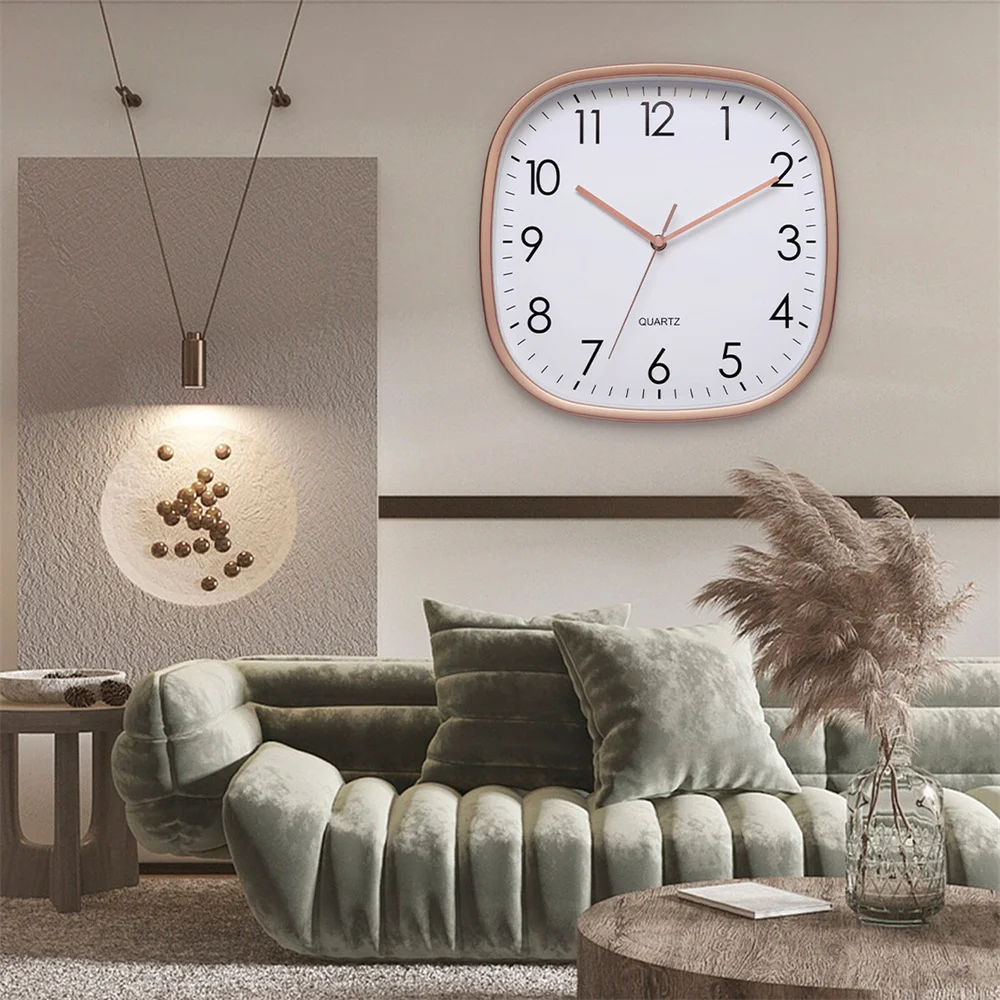Identifying antique Japanese clocks involves understanding their historical context, craftsmanship, and unique features. Whether you’re a collector or an enthusiast, knowing how to distinguish genuine antique Japanese clocks from replicas or modern reproductions is crucial. This guide outlines the key aspects to look for when identifying antique Japanese clocks.
Historical Context and Provenance
Research Historical Background
Understand the Era: Familiarize yourself with the historical periods of Japanese clockmaking, such as the Edo period (1603-1868) and the Meiji era (1868-1912). Each era has distinct characteristics and styles.
Provenance: Check for documentation or records that provide information about the clock’s origin and history. Provenance can enhance the clock’s value and authenticity.
Maker’s Marks and Signatures
Identify Makers: Look for maker’s marks, signatures, or inscriptions on the clock. Renowned Japanese clockmakers include companies like Seikosha and Junghans. Research these marks to confirm their authenticity.
Consult Resources: Use reference books, online databases, and expert resources to identify and verify maker’s marks and signatures.
Design and Craftsmanship
Examine the Design
Traditional Features: Antique Japanese clocks often feature traditional designs, such as intricate carvings, lacquered surfaces, and decorative motifs. Look for elements like floral patterns, geometric designs, and cultural symbols.
Mechanical Mechanisms: For mechanical clocks, examine the internal mechanisms. Antique Japanese clocks may have complex gear systems, pendulums, and intricate escapements. Compare these mechanisms with known designs from the era.
Material and Construction
Materials: Antique Japanese clocks are typically made from high-quality materials such as wood, brass, and lacquer. Look for signs of wear and aging that indicate authenticity.
Construction Quality: Evaluate the craftsmanship. Antique clocks should exhibit meticulous attention to detail, including precise fittings, finely crafted components, and high-quality finishes.

Common Characteristics of Antique Japanese Clocks
Wadokei
Description: Wadokei clocks are known for their elaborate mechanical systems and decorative designs. They often feature a combination of Western and Chinese influences.
Features: Look for characteristics such as complex gear arrangements, ornate dials, and elaborate case designs.
Kakei
Description: Kakei clocks are wall-mounted clocks with elegant designs and pendulum mechanisms.
Features: Check for decorative elements, such as floral carvings and traditional Japanese patterns. The pendulum mechanism should be well-crafted and functional.
Tokei
Description: Tokei is a general term for Japanese clocks, encompassing various styles and designs.
Features: Identify specific styles within the tokei category, such as mantle clocks or desk clocks. Each style may have unique features and characteristics.
Authentication and Verification
Consult Experts
Professional Appraisal: For a thorough assessment, consider consulting a professional appraiser or clockmaker with expertise in Japanese antiques. They can provide an accurate evaluation and verification of authenticity.
Historical Records: Review historical records and documentation related to the clock. Authentic antique clocks often have a traceable history or provenance.
Compare with Known Examples
Reference Materials: Compare your clock with reference materials, such as books and online databases dedicated to Japanese clockmaking. Look for similarities in design, craftsmanship, and features.
Auction Records: Review auction records and sales data for similar clocks. This can provide insight into the clock’s value and authenticity.
Preservation and Care
Proper Care
Handling: Handle antique clocks with care to avoid damage. Use gloves when touching delicate parts and avoid exposing the clock to direct sunlight or extreme temperatures.
Maintenance: Regularly clean and maintain the clock to preserve its condition. Follow appropriate procedures for cleaning and servicing antique timepieces.
Restoration
Professional Restoration: If restoration is needed, seek a professional with experience in antique clocks. Proper restoration can enhance the clock’s appearance and value while preserving its historical integrity.
Conclusion
Identifying antique Japanese clocks requires a combination of historical knowledge, design appreciation, and attention to detail. By understanding the characteristics of different types of clocks, examining craftsmanship, and consulting experts, you can accurately assess and appreciate these valuable timepieces. Whether you’re a collector or simply interested in Japanese clockmaking history, recognizing genuine antique clocks enriches your understanding and appreciation of this unique art form.




